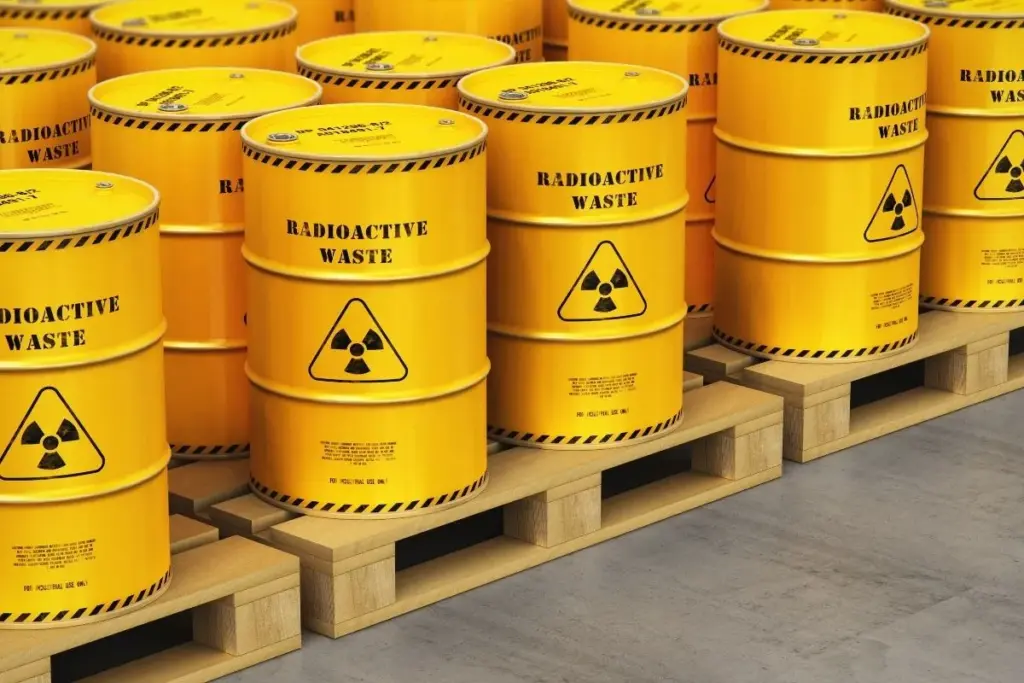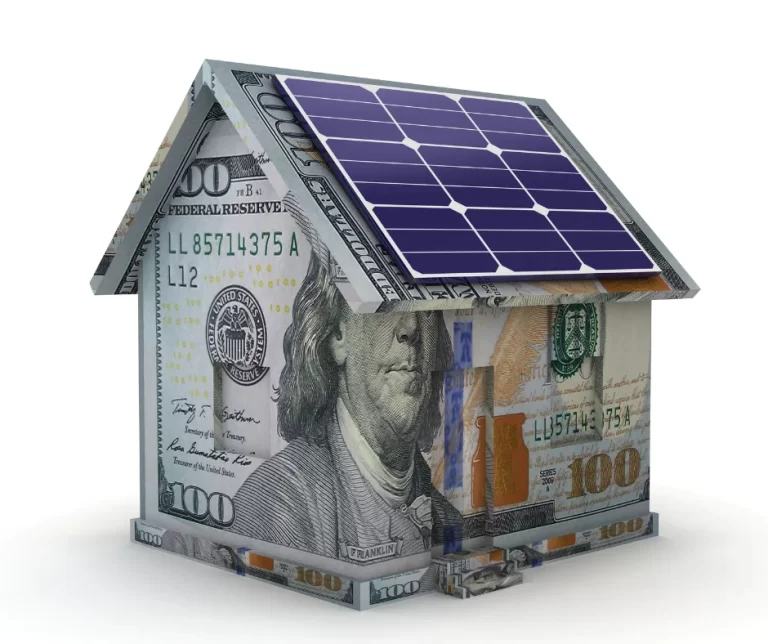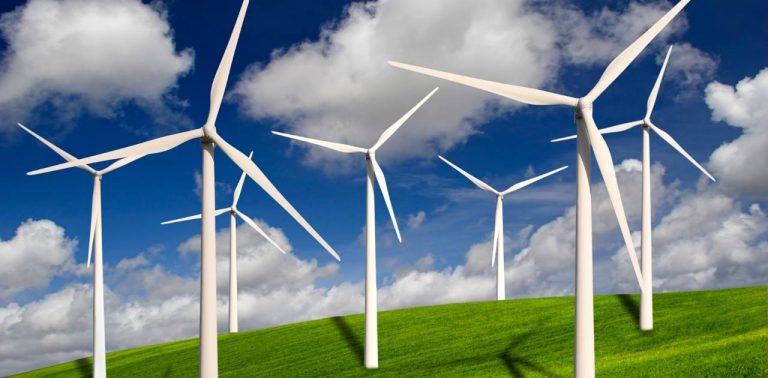Advertisements
Nuclear waste recycling is a topic that generates much discussion and doubt. With growing concern about nuclear energy and its impact on the environment, understanding how this waste is treated is essential. In this article, we will explore the process of nuclear waste recycling, the methods used, the benefits and challenges of this procedure.
Index

What is Nuclear Waste?
Before we talk about recycling, it is important to understand what nuclear waste is. This waste is a byproduct of nuclear fission, which occurs in nuclear reactors used to generate energy. It can include materials such as uranium, plutonium, fission products, and other radioactive elements. Depending on its origin, waste can be classified into different categories, such as:
- High activity waste: They are highly radioactive and generate heat, requiring careful handling and special protection.
- Medium activity waste: They include less radioactive materials, but still require monitoring and care.
- Low activity waste: They usually consist of used equipment and materials that are not highly radioactive but still need to be properly treated.
The Nuclear Waste Recycling Process
The nuclear waste recycling process involves several steps, each designed to ensure the safety and effectiveness of the reuse of radioactive materials. Below, we detail these steps:
- Collection and Transportation:
- Waste is collected from reactors and research facilities. After collection, it is transported to specific treatment and recycling facilities, always complying with strict safety standards.
- Temporary Storage:
- After collection, the waste is stored in secure locations, such as storage tanks or concrete containment tanks, to prevent environmental contamination. This temporary storage is crucial while deciding the best recycling method.
- Processing:
- Nuclear waste recycling usually involves separating useful elements, such as uranium and plutonium. This can be done through chemical processes that extract these materials from the waste. Fission products, which are the most dangerous waste, are often left to be treated separately.
- Reuse:
- Recovered materials, such as uranium and plutonium, can be reused as fuel in nuclear reactors. This not only reduces the amount of waste but also increases the efficiency of nuclear resource use.
- Safe Disposal:
- Waste that cannot be recycled or reused is treated and stored in deep geological repositories, where it remains isolated from the environment for thousands of years. This disposal is done with extreme care to avoid any contamination.
Benefits of Nuclear Waste Recycling
Recycling nuclear waste offers several advantages:
- Waste Reduction: Recycling reduces the amount of waste that needs to be disposed of, extending the useful life of radioactive material.
- Energy Efficiency: Reusing uranium and plutonium as fuel increases the efficiency of nuclear reactors, reducing the need to extract more natural resources.
- Environmental Safety: Proper treatment and recycling of waste helps minimize the risks of environmental contamination.
Challenges of Nuclear Waste Recycling
Despite the benefits, waste recycling faces several challenges:
- Cost: The recycling process is expensive and requires advanced technology. This can make the operation financially unviable in some countries.
- Public Perception: Many people have concerns about the safety of nuclear waste recycling, which can generate resistance to related projects.
- Nuclear Proliferation Risk: The reuse of uranium and plutonium can increase the risk of nuclear proliferation, making strict regulation essential.
Impacts of Nuclear Waste Recycling
Recycling waste not only reduces the amount of hazardous material stored, but can also have a positive impact on the economy and energy security. Reusing resources such as uranium and plutonium contributes to the sustainability of nuclear energy, as fewer materials need to be extracted from the earth. Furthermore, by encouraging research and development of recycling technologies, new jobs and opportunities can be created in related sectors.
However, the negative impacts cannot be ignored. Transporting and processing waste involves risks, and any failure in the system can have serious consequences. Therefore, implementing a safe and effective recycling system is essential to minimize these risks.
Future Perspectives
As technology advances, new solutions for recycling nuclear waste are being developed. More efficient and safer methods are being researched to improve the processing and storage of this waste. In addition, public education on the subject is essential to increase the acceptance of recycling practices.
International initiatives are also emerging to standardize processes and improve cooperation between countries dealing with nuclear waste. Transparency and strict regulation are essential to ensure that recycling occurs safely and sustainably.
Nuclear waste recycling is a complex process, but it is essential for the sustainability of nuclear energy. Understanding how this process works, its benefits and challenges, is important to foster an informed discussion about the future of energy and environmental preservation. Through advanced technologies and public awareness, we can work together to manage nuclear waste safely and effectively.
Check out other interesting facts about recycling clicking here.
Learn how to make art by recycling, Click here.



